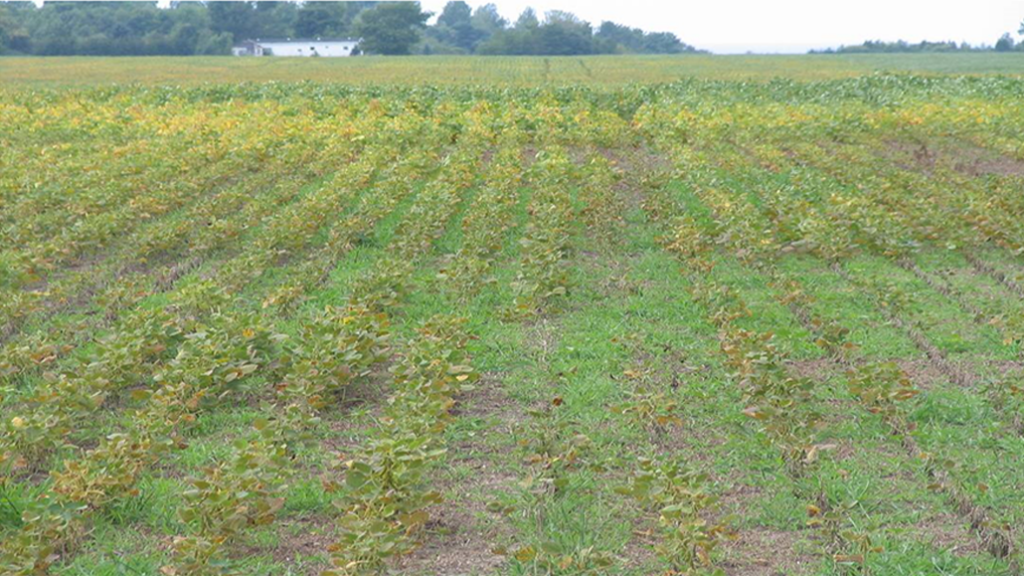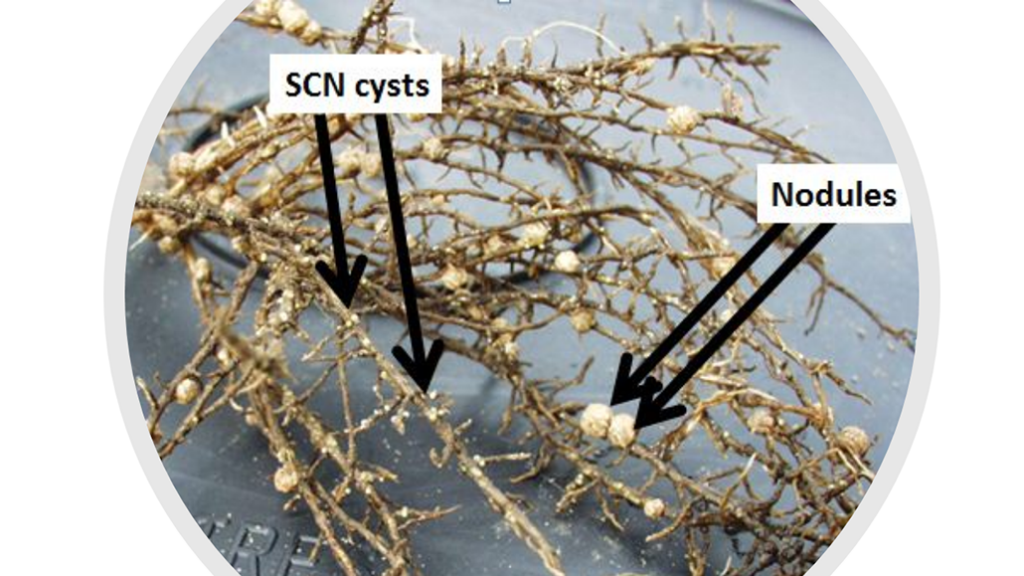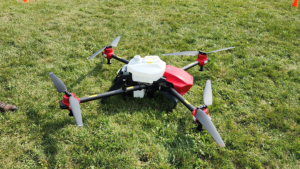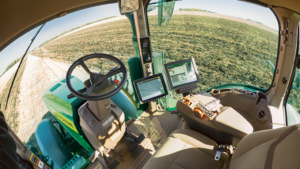Testing for SCN
AGRONOMIC INFORMATION FROM ONTARIO'S CROP SPECIALISTS

THE CORNERSTONE OF managing soybean cyst nematode (SCN) is planting SCN resistance varieties, but effective SCN management does not end when you have selected your soybean varieties. It is imperative to know not only your SCN population levels in each of your fields but what is happening to those levels over time, and it begins with SCN soil testing.

The fall is a perfect time to sample harvested soybean fields or fields that will be planted in soybeans in the spring. A fall sample takes into account any significant SCN population changes that have occurred during the growing season. If it’s the first time sampling a field, the results provide you with a baseline for future comparison. If you already have a baseline, the SCN test provides critical information.

If your SCN levels are decreasing, this could indicate your management program is working. If your SCN levels are rising, this is a big red flag that the problem is getting worse and could get out of hand, costing you significantly in lost yield, dollars, and sleep! One of the most important decisions a producer can make concerning this devastating pest is to take an SCN soil test.
For more information, visit the SCN Coalition website at www.thescncoalition.com or the Ontario Ministry of Agriculture, Food and Rural Affairs (OMAFRA) Agronomy Guide Publication 811.
NEMATODE SURVEY
OMAFRA is conducting a nematode survey targeting field and horticultural crop fields. The goal is to update provincial nematode distribution maps and establish baseline data for six nematode species, including soybean cyst nematode and root lesion. Survey results will support the enhancement of current nematode Best Management Practices for field and horticultural crop farmers.
Participating in the nematode survey is free, and soil samples can be collected specifically for nematode testing, such as SCN, or soil samples collected for soil fertility can be split. For more information or a submission form, please contact Albert Tenuta, albert.tenuta@ontario.ca or Katie Goldenhar, OMAFRA horticultural crop pathologist, katie.goldenhar@ontario.ca. •










